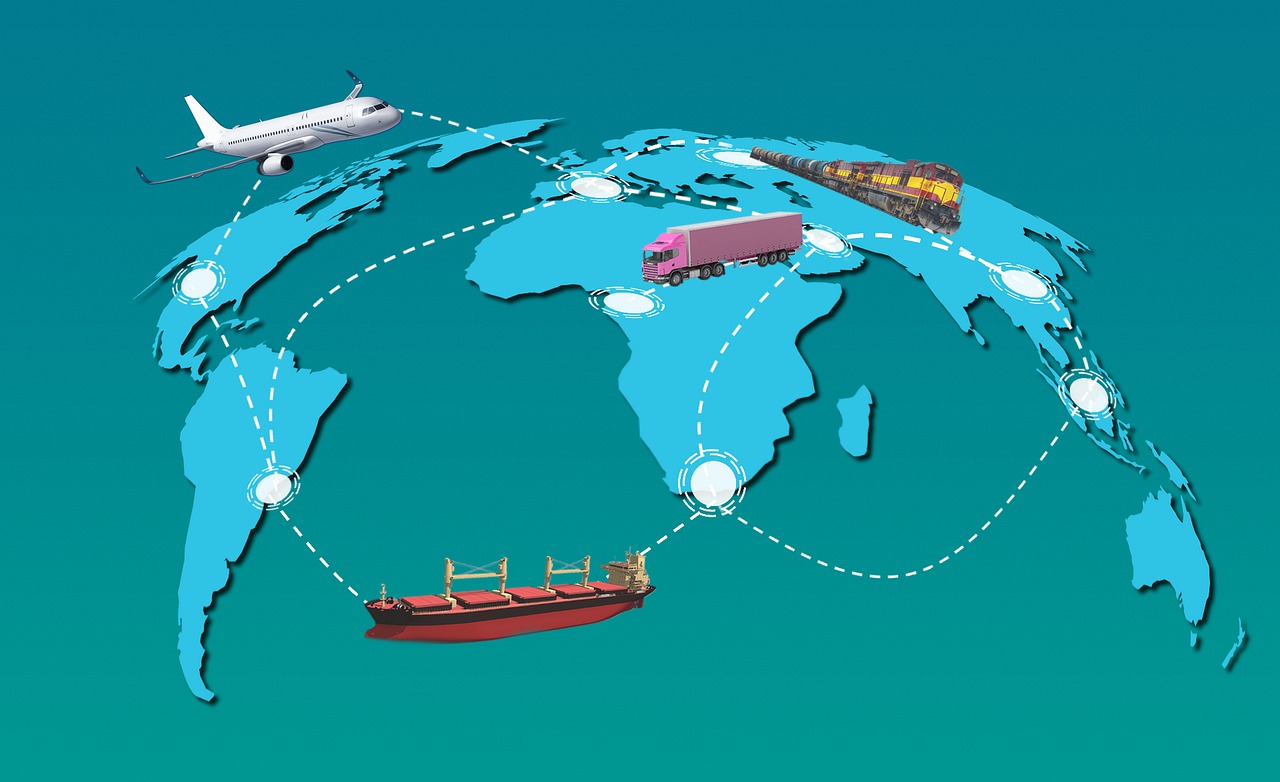News: India’s petroleum product exports to Europe nosedived to an 18-month low in January, 2024, with tankers hauling fuels — mainly diesel — avoiding the Suez Canal route in view of the security concerns in the Red Sea region, as per data from commodity market analytics firm Kpler.
Q1. Supply chains and international trade are severely harmed by the continuous disruptions along the Red Sea route. In the light of the above statement, examine the significance of the India-Middle East-Europe Economic Corridor (IMEC).
About the Red Sea crisis:
- Since mid-November 2023, the Houthi rebels in Yemen have increased their attacks on commercial maritime vessels passing through the lower Red Sea dramatically in reaction to Israel’s onslaught of Gaza.
- The Bab el-Mandab Strait, which separates Yemen and Djibouti, is crucial to the Red Sea’s strategic importance for world trade.
- Nearly 12% of global traffic in goods passes through it, making it one of the busiest cargo and oil transit hubs in the world.
Impacts of the Crisis:
- Shipments via the Cape of Good Hope have had to be re-routed by major container and oil vessels.
Due to the re-routing, maritime freight has increased, insurance premiums have increased, and longer trip lengths have resulted in delays and a supply shortage. The expense of transportation has also increased.
- Consumers will pay more for commodities as a result of the higher shipping expenses.
- China is actively promoting China-Europe freight trains, which are a component of the Belt and Road Initiative (BRI), as a substitute route in light of the challenges facing global supply chains, which include delayed shipments and growing costs.
Impact on India:
- Approximately 24% of India’s imports and 14% of its exports are routed through the Red Sea, which is the only route used for trade with European and North African nations.
- India’s bilateral trade with Europe and North Africa was $189 billion and $15 billion, respectively, in 2022–2023.
- Indian exports have already decreased as a result of traders’ growing anxieties. Roughly 25% of Indian exporters’ cargo ships that pass through the Red Sea are being held back due to growing risks, according to the Federation of Indian Export Organizations (FIEO).
Significance of IMEC:
- The India-Middle East-Europe Economic Corridor (IMEC) was announced during the G-20 summit in 2023.
- It will comprise two separate corridors, the east corridor connecting India to the Gulf and northern corridor connecting Gulf to Europe. It aims at integration of Asia, Europe and the Middle East.
- It will offer a reliable and cost-effective network of cross-border ship to rail travel to enhance the current marine routes.
- It is projected to reduce transit expenses by thirty percent and the travel time from India to Europe by forty percent.
- Additionally, IMEC offers a chance to counteract China’s expanding geopolitical influence.
- The Middle East will benefit from this Corridor by becoming more cohesive and becoming a centre of economic activity rather than the “source of challenge, conflict, or crisis” that it has historically been.
- The project seeks to solve lower- and middle-income nations’ inadequate infrastructure, which is a prerequisite for development.

Concerns:
- The route has received no attention and has not seen any investment or activity. Furthermore, the Israel-Palestine conflict has put a pause to the multi-nation initiative’s main component, which was the normalization of Arab-Israeli relations.
- Another major barrier is the vulnerability of the Strait of Hormuz. Due to Iran’s proximity to and control over the Strait of Hormuz, there is always a significant risk that the entire IMEC architectural trade may be disrupted.
Way Forward:
- The escalating catastrophe in the Red Sea demands a coordinated response from the international community and is a major worldwide issue.
- It is necessary to carry out an empirical investigation into the financial advantages of the IMEC.
- There are rumours that carrying and compliance expenses would rise with numerous cargo handling and multi-nation transportation.
- In order to draw in additional partners, it is imperative that the economic benefits of the corridor be quantified. There must be a strong financial foundation in place.
- The absence of legally obligatory financial obligations among the parties to the corridor necessitates the attraction of investments from governmental bodies, international organizations, and private sector enterprises.

